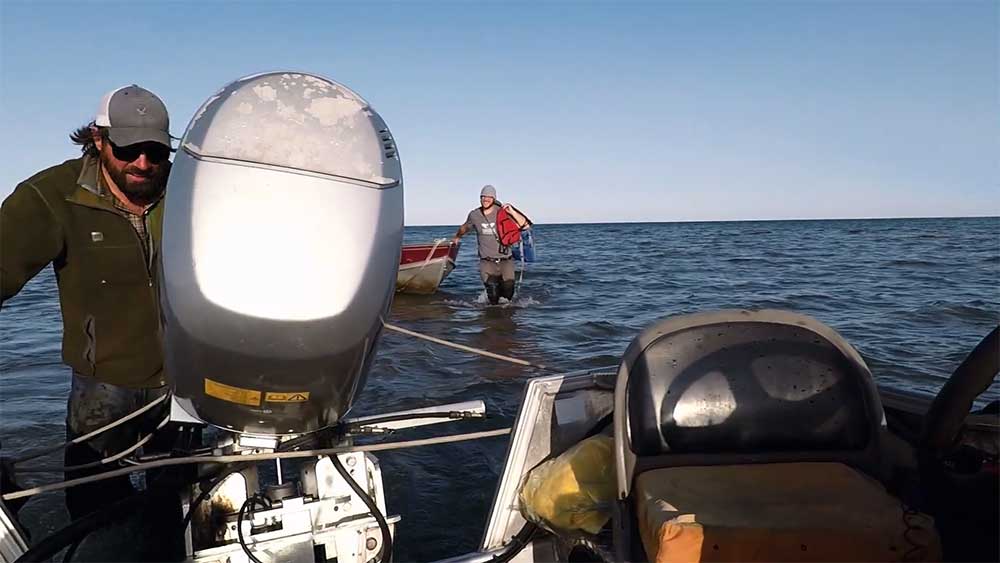

Six things to do to your adventure tourism website now
Fantastic, you’ve got a website for your outdoor adventure business or small environmental nonprofit! Now what? Have you looked at it lately?
The days of building a tourism or nature website and then letting it sit unchanged for months are over. Unless your goal is to slide down the search results on Google.
Here are six things you should look to put your website through a mini checkup:
How does your website look on a mobile device? Is it responsive?
Hard to believe that there are still websites sitting out there that are still not mobile friendly. Even after Google announced two years ago that it would start to penalize non-mobile friendly websites in search rankings, it still didn’t move some websites to make the necessary change. Maybe those businesses are now out of business? Today, more than 50% of all web searches happen on a mobile device. If the viewer has to pinch and zoom with two fingers because your website is old school, that means they will immediately abandon your website.
When was the last time you examined your Google Analytics?
You spend a lot of time on your website, directing to people to your website via social media, and promoting your business. Is any of it driving traffic to your website? Do you know which of your website’s pages are visited most? Do you know the average time spent on your website? Do you know where visitors are coming from? You need to dig deeper to have an understanding of whom your website is attracting and their behaviours when they are on your site. As said many times… knowledge is power. It’s the power to make changes, gain intelligence, that’s makes your business better and more in tune with your audience behaviours. So, look at analytics! They are power!
Is your website stale of fresh?
If your website content looks the exact same as two years ago, you have a stale website. Today, Google loves fresh content. That means continual fresh content. It’s one of the keys of good Search Engine Optimization (SEO). So start adding fresh content! Tweak wording. Use Google’s free Keyword Planner tool to discover the key words that matter to your audience targeting (the actual words your audience uses when searching Google). And then make sure those keywords are actually used on your website.
Do you have calls to action on home page?
A home page is either the starting point or the abandonment point of a website. Are you doing a good enough job of prompting visitors to go deeper into your website? This has zero to do with your main menu. In fact, you want to help people avoid having to always go back to your menu to go to important places on your website. This has everything to do with using buttons, prompts, calls-to-action etc., that lead visitors to new landing pages. Your prompts could be LEARN MORE or START A CONVERSATION or BOOK NOW.
Are you following the less is more for text approach?
In the old days, lots of text was the norm on websites. Today it’s the exact opposite. You need to get to the point. Time is valuable. Try this test: Look at websites on mobile devices. How long are you scrolling with your finger or thumb? Great content will not stop people from scrolling on mobile. But uninteresting content will see them abandon even faster on mobile.
Do you have a blog and most importantly, is it active?
Nobody is laughing at blogs anymore! Search results love blogs. It’s why businesses and organizations create blog posts about subjects that they know audiences are searching on the Internet. A blog keeps your website feeling alive and breathing (See above, Is Your Website Stale or Fresh?). So don’t just create blog posts. Create strategic blog posts. Topics will zero on what you do, the area you serve, etc. So blog posts like Best Guided Hiking Trips in Algonquin will be found by people searching the Internet for such experience. At the very minimum, blog posts should be 300+ words. For SEO, the ideal blog post length should be 2,100-2,400 words, according to HubSpot data. This is because Google is looking to distinguish between short blog posts that may be thin on content and/or real expertise, vs blog posts that are more authoritative and have depth. It’s the latter that Google will give more weight to in search results. Remember, Google searches are competitive. Sure, it’s harder to write longer blog posts. But the result is that such hard work can pay off on Google.
- What’s It Really Like Being a Conservation Filmmaker? - April 15, 2024
- Filmmaking Explainer: What Is Post-Production? - April 6, 2024
- New Videos for The Nature Conservancy of Canada - April 2, 2024


